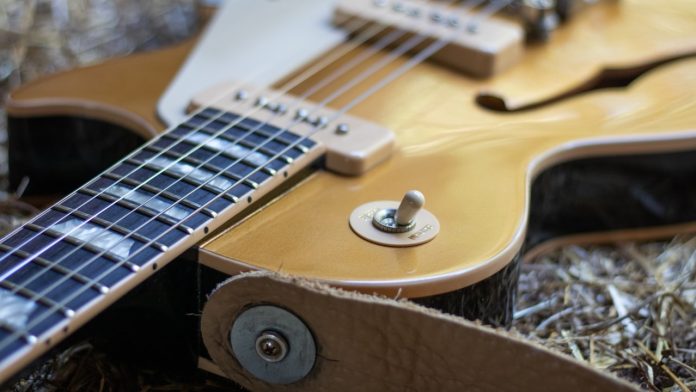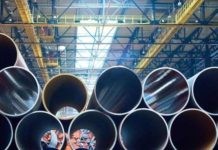When it comes to manufacturing electric bicycle parts, the choice between forged parts and traditional machining methods can have a significant impact on the performance, durability, and overall quality of the components. Both approaches have their advantages and disadvantages, making it essential for consumers to understand the differences and make an informed decision. In this article, we will compare forged electric bicycle parts with those produced through traditional machining, highlighting their characteristics, benefits, and factors to consider when choosing the better option for your electric bicycle.
Characteristics of Forged Electric Bicycle Parts:
Forged parts are created by subjecting metal to extreme heat and pressure, resulting in a stronger and more durable component. The forging process aligns the grain structure of the metal, enhancing its mechanical properties such as strength, fatigue resistance, and impact toughness. Forged electric bicycle parts exhibit excellent structural integrity, allowing them to withstand demanding riding conditions and ensure long-term reliability.
Characteristics of Electric Bicycle Parts Produced through Traditional Machining:
Traditional machining methods involve removing material from a solid block to shape the desired part. This process provides high precision and flexibility in producing complex geometries and customized components. Machined electric bicycle parts can be fine-tuned to meet specific design requirements and offer a wide range of material options. However, they may not possess the same level of strength and durability as forged parts.
Benefits of Forged Electric Bicycle Parts:
a. Enhanced Strength and Durability: The forging process creates a denser and more compact structure, resulting in parts that are more resistant to fatigue, impact, and stress.
b. Improved Performance: The superior strength-to-weight ratio of forged parts allows for better power transmission, reduced energy loss, and improved overall performance of the electric bicycle.
c. Longer Lifespan: The durability of forged parts ensures a longer lifespan, reducing the need for frequent replacements and maintenance.
d. Enhanced Safety: The robust nature of forged components contributes to safer riding experiences, particularly in demanding terrains and high-stress situations.
Benefits of Electric Bicycle Parts Produced through Traditional Machining:
a. Customization Options: Traditional machining allows for precise customization, enabling the production of unique and specialized components tailored to specific requirements.
b. Design Flexibility: Machining methods offer the ability to create intricate designs and complex shapes that may be challenging to achieve through forging.
c. Material Variety: Traditional machining provides access to a wide range of materials, allowing for optimization based on factors such as weight, stiffness, and corrosion resistance.
How to Choose the Better Option:
When deciding between forged electric bicycle parts and those produced through traditional machining, several factors should be considered:
a. Intended Use: Assess the riding conditions, terrain, and intended use of the electric bicycle. If durability, strength, and reliability are crucial, forged parts may be the better choice.
b. Performance Requirements: Evaluate the desired performance characteristics, such as power transmission, weight optimization, and overall efficiency. Forged parts excel in delivering high performance and durability.
c. Budget and Customization: Consider your budget limitations and the need for customization. Traditional machining can offer greater design flexibility but may come at a higher cost.
Conclusion:
Choosing between forged electric bicycle parts and those produced through traditional machining requires careful consideration of the intended use, performance requirements, budget, and customization options. While forged parts offer enhanced strength, durability, and overall performance, traditional machining provides customization capabilities and design flexibility. By understanding the characteristics and benefits of each method, you can make an informed decision and select the better option that aligns with your specific needs and preferences. Ultimately, whether you prioritize strength and longevity or customization and design, both options contribute to the development of high-quality electric bicycles that deliver exceptional riding experiences.









